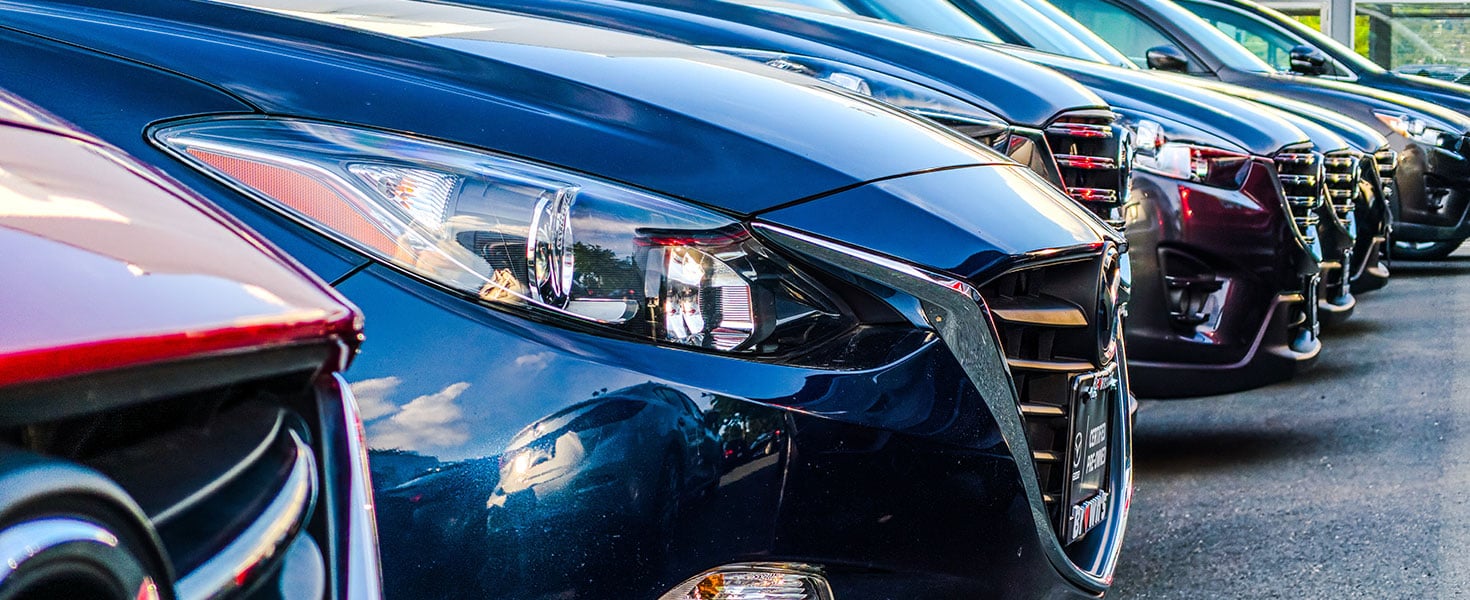How to Know if You Should Lease a Vehicle
The decision to buy or lease a car can be a biggie

A lease is a long-term rental, a car you’ll have to give back to the dealer at some point. A purchase is, well, yours for the long haul. Often your choice will come down to price.
If you want a nicer car but aren’t in the position to make high payments, a lease is the way to go. If you feel the value of ownership outweighs higher monthly payments, a purchase is the right fit.
Of course, if it were as simple as that the guide would just end here. Good thing we’ve also got incentives, monthly payments, insurance, and customization to cover.

Understand the financials
Typically, monthly lease payments are lower than loan payments. So rather than paying off the total cost of the car, lease payments just cover the smaller cost of depreciation. But what does this mean in terms of overall value?
Well, with a loan your monthly payment will eventually hit zero, and then your car’s cash value is yours to use as you like. Plus, if you’re planning to own the car for a long time, you can spread out the month-to-month payment, bringing it way down. Typically, loan terms are four to five years, while lease terms are two to four.
It’s also worth understanding what your car’s residual value is (what it’ll be worth down the road) because all cars depreciate, some faster than others. Brands like Honda tend to hold their residual value, while brands like Chevy might not. Check out ALG’s residual value winners to see which brands might be good short-term buys.
In terms of leasing, incentives can play a big role in determining value. Let’s say you want a small or midsize SUV. There are certain periods of time manufacturers or dealers will issue very attractive lease rates, and those incentives should help inform when you’ll get the best value possible on a lease.

Milage constraints
Leases come with mileage restrictions. For example, you might have a 3-year, 12,000 mile/year lease. Driving over the limit, even if it’s 12,001, can cost you big time.
If you’re off to trace back the family tree, see all the great U.S. baseball stadiums, eat a piece of pizza in every major capital city, or transport a sushi dinner from uptown NYC to San Jose, CA, leasing is probably not for you.

Personalization limitations
Want red patent leather seat cushions? Fire bolts painted across the windshield? Earrings on the front grab handles?
It’s never a good idea to customize leased cars because when your term is up (usually 24–36 months) all that “personality” might lower its value and cost you more in end-of-term fees.
Insurance requirements
Whether you finance a purchase or get a lease, you’ll most likely be subject to insurance requirements. This means someone else still fully or partially owns your car, and they’ll want to guard against loss.
If you lease, be prepared for much stricter requirements. The finance company owns your car in full, so they’ll want to make sure any potential repair can be fixed without an issue.
This content was created in partnership with TrueCar.
